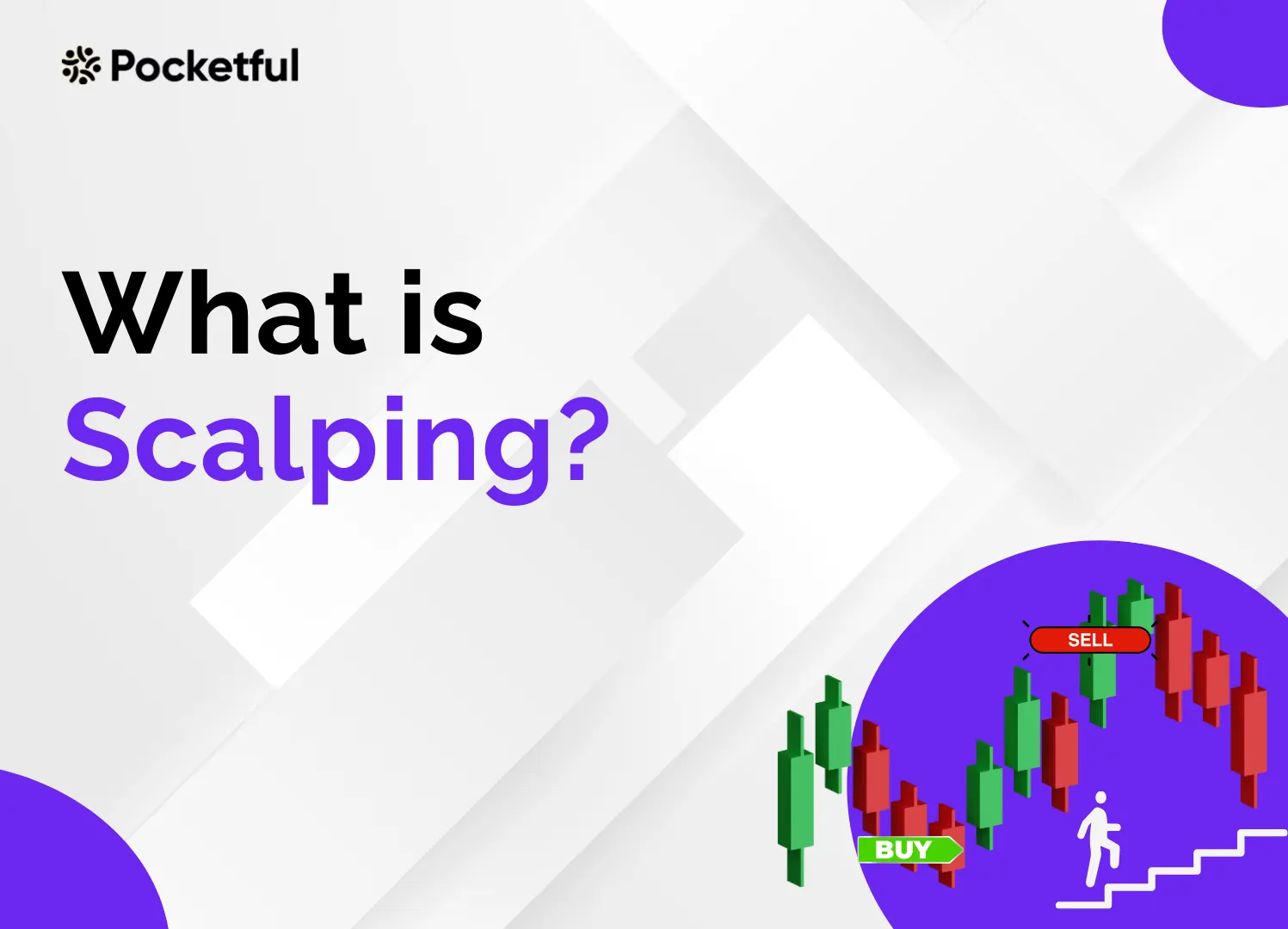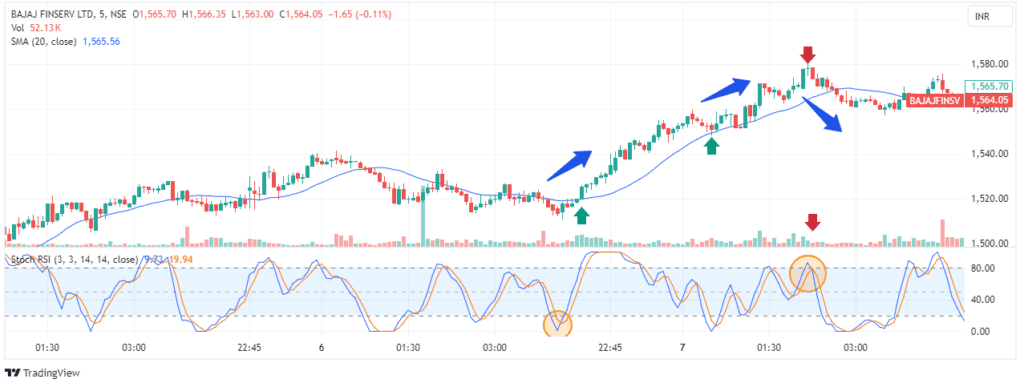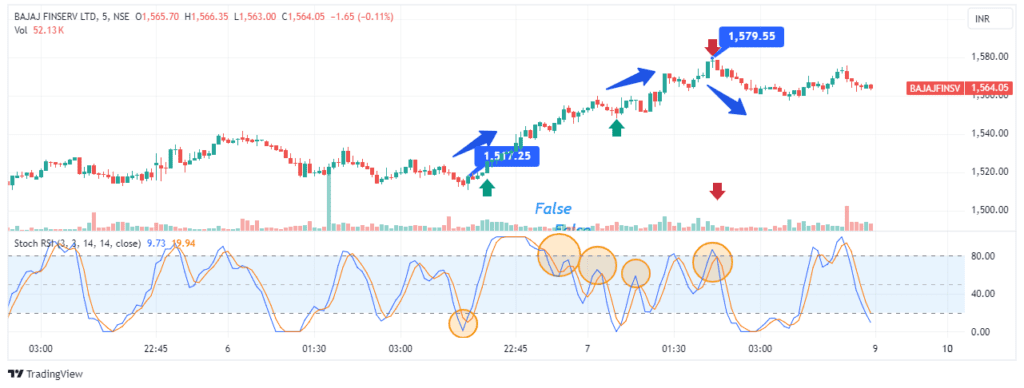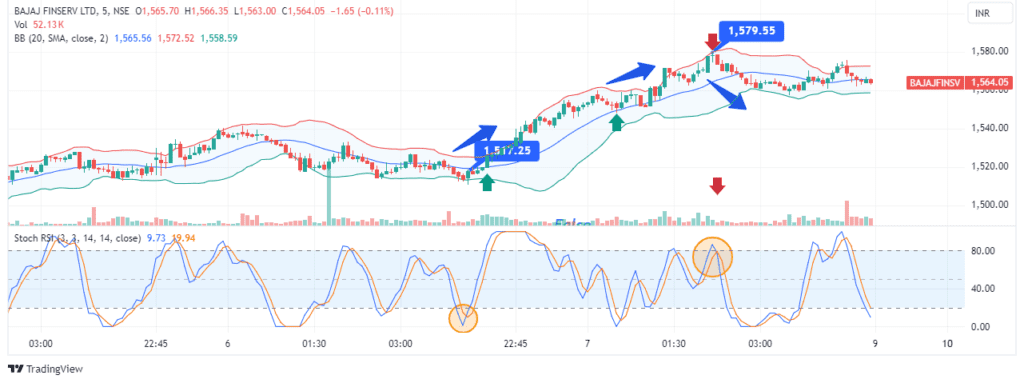| Type | Description | Contributor | Date |
|---|---|---|---|
| Post created | Pocketful Team | Jun-24-24 |
What is Scalping Trading Strategy?

Have you ever wondered what is Scalping? and how is it different from other trading methods? Let’s discover.
The scalping trading strategy is a short-term trading strategy that involves buying and selling stocks quickly, generally on the same day and within a few minutes or even seconds. It aims to profit from small price changes and large volumes. Scalping strategy can be used with stocks, currencies, and even cryptocurrencies.
Scalping Trading Strategies
Scalping is a short-term and low-risk strategy. Most professional traders use scalping as it requires them to be quick in their actions and decision-making. It is low risk because the positions are closed on the same day (intraday). A new trader can also use it, but with some practice, because the risk is lower as no overnight risk is involved.
In the Scalping strategy, one can keep risk to a minimum by using stop loss and exiting the position if the market moves against the view.
A Scalp trader can make money by buying low and selling high or vice versa. One way to book profits is to set a profit target amount per trade. This profit target should be relative to the security price and can range between some percentage like 0.10% – 0.30%, etc. Another method is to track stocks breaking out above the intraday highs or below the intraday lows and utilize this to capture as much profit as possible. This method requires an enormous amount of concentration and proficient order execution. Lastly, some scalp traders may follow the news and trade upcoming or current events that can cause increased volatility in a stock.
We can discuss a few strategies by using some Indicators and Oscillators.
1. Moving Average Pullbacks
Here, we will discuss a pullback towards the moving average, for example, the 20-day moving average. It is a scalping strategy focused on entering a trend in either direction by entering into a trade as the stock price pulls back to a moving average.
The major points to follow this strategy successfully are as follows:
- There should be a clear trend
- There should be strong momentum in either direction
- Light pullbacks toward the moving average
- Ability to enter near-moving average
- Resuming a prior more significant trend
Here is an example of what this might look like with the stock name Bajaj Finserv Ltd. The symbol is Bajajfinsv.

As you can see, the stock is following the 20-day moving average the entire time in the 5-minute time frame. It first broke out around 1520 price levels and made a top around 1580. Profits can be taken along the way as you buy and sell around a core position in scalping.
2. Scalping with Oscillators
The oscillators are technical analysis tools that help traders identify price reversals. Leading oscillators help gauge future trends in advance, but they should be used with other technical tools as they also generate false signals. It has a 50-50% probability of going right if used alone. The stochastic consists of a lower and an upper level. The area below the lower level is the oversold area, and the area above the upper level is the overbought area. When the two lines of the indicator cross upwards from the lower level, a long signal is triggered. When the two lines of the indicator cross downwards from the upper level, a short signal is generated.
The image below illustrates these trade signals.

The image above is a 5-minute chart of Bajaj Finserv. At the bottom of the chart, we see the stochastic oscillator. The circles on the indicator represent the trade signals. In the chart, the middle three signals were false, so oscillators, along with other indicators, were used to get a confirmation.
3. Scalping with Bollinger Bands and Stochastic Oscillators
In this strategy, one can combine the stochastic oscillator with Bollinger bands. We will enter the market only when the stochastic generates a proper overbought or oversold signal, which is confirmed by the Bollinger bands. In order to receive adequate confirmation from the Bollinger Band indicator, we need the price to close below the lower level to interpret an oversold market, and a close above the upper level indicates an overbought market. Traders can stay in the trade until the price touches the opposite Bollinger band level.

Above is the same 5-minute chart of BajajFinserv. This time, we have included the Bollinger bands and Stochastic oscillator simultaneously on the chart, and in this way, we can avoid false signals.
Advantages of Scalping
- Scalp trading involves a number of small trades. Traders can enter and exit multiple times in a day.
- These trades are exclusively for smaller time frames, like a few minutes or even seconds.
- As traders trade multiple times to catch swift price moves, the volume is high; hence, they make a profit even with smaller moves.
- With proper risk management and a good win-loss ratio, even with such smaller trades, there is potential to generate good profit.
- This is also called high-frequency trading because many trading opportunities are available.
- There is less potential long-term risk, as it’s an intra-day trading strategy.
Disadvantages of Scalping
- The risk involved: Though it is an intra-day trading strategy still, there is risk involved as the market can move against view and give strong movement based on news, data release, or because of some important event.
- Risk management: One should adhere to proper risk management for any kind of adverse price movement.
- Discipline: A disciplined approach is required to continuously remain profitable in a number of small trades.
- Focused approach: As it involves uncovering small mispricing in the stocks, it requires a lot of focus to achieve.
- Charting knowledge is required: Some charting knowledge is required as it involves strategies using trends, indicators, and oscillators.
Read Also: Top Indicators Used By Intraday Traders In Scalping
Conclusion
Scalping is a specific type of intraday trading strategy that may not be suitable for all traders. It requires lots of flexibility and discipline to profit from small price movements on large orders. Generally, experienced and professional traders use scalping to enter and exit several times to capture mispricing in securities in a day and get small profits with large volumes. As it requires quick decision-making and swift action, one should be a proficient trader or at least practice before putting in real money.
Frequently Asked Questions (FAQs)
What is Scalping?
It is a trading strategy that aims to profit from small mispricing in stock price.
Is Scalping only for professional traders?
Generally, professional traders use it as it requires quick decision-making, but even a new trader can use it as it is low risk.
Is it an intraday strategy?
Yes, it is an intra-day trading strategy and can be closed within a few minutes or seconds.
Is risk involved in this strategy?
Yes, risk is involved in any strategy that is directly or indirectly involved with the stock market. But here, risk levels are low as traders close the trade intraday.
Is Scalping Illegal?
No, Scalp trading isn’t illegal.
Disclaimer
The securities, funds, and strategies discussed in this blog are provided for informational purposes only. They do not represent endorsements or recommendations. Investors should conduct their own research and seek professional advice before making any investment decisions.